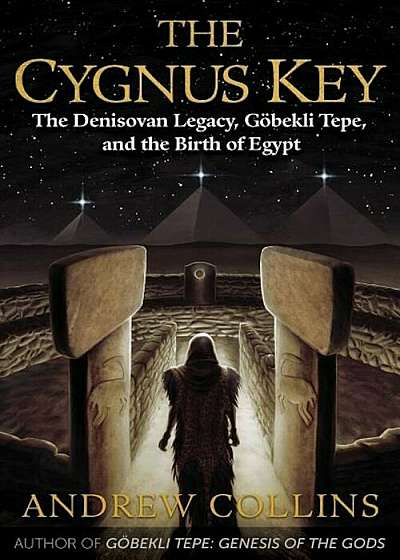
The Cygnus Key: The Denisovan Legacy, Gobekli Tepe, and the Birth of Egypt
Descriere
New evidence showing that the earliest origins of human culture, religion, and technology derive from the lost world of the Denisovans - Explains how G bekli Tepe and the Giza pyramids are aligned with the constellation of Cygnus and show evidence of enhanced sound-acoustic technology - Traces the origins of G bekli Tepe and the Giza pyramids to the Denisovans, a previously unknown human population remembered in myth as a race of giants - Shows how the ancient belief in Cygnus as the origin point for the human soul is as much as 45, 000 years old and originally came from southern Siberia Built at the end of the last ice age around 9600 BCE, G bekli Tepe in southeast Turkey was designed to align with the constellation of the celestial swan, Cygnus--a fact confirmed by the discovery at the site of a tiny bone plaque carved with the three key stars of Cygnus. Remarkably, the three main pyramids at Giza in Egypt, including the Great Pyramid, align with the same three stars. But where did this ancient veneration of Cygnus come from? Showing that Cygnus was once seen as a portal to the sky-world, Andrew Collins reveals how, at both sites, the attention toward this star group is linked with sound acoustics and the use of musical intervals ""discovered"" thousands of years later by the Greek mathematician Pythagoras. Collins traces these ideas as well as early advances in human technology and cosmology back to the Altai-Baikal region of Russian Siberia, where the cult of the swan flourished as much as 20, 000 years ago. He shows how these concepts, including a complex numeric system based on long-term eclipse cycles, are derived from an extinct human population known as the Denisovans. Not only were they of exceptional size--the ancient giants of myth--but archaeological discoveries show that this previously unrecognized human population achieved an advanced level of culture, including the use of high-speed drilling techniques and the creation of musical instruments. The author






